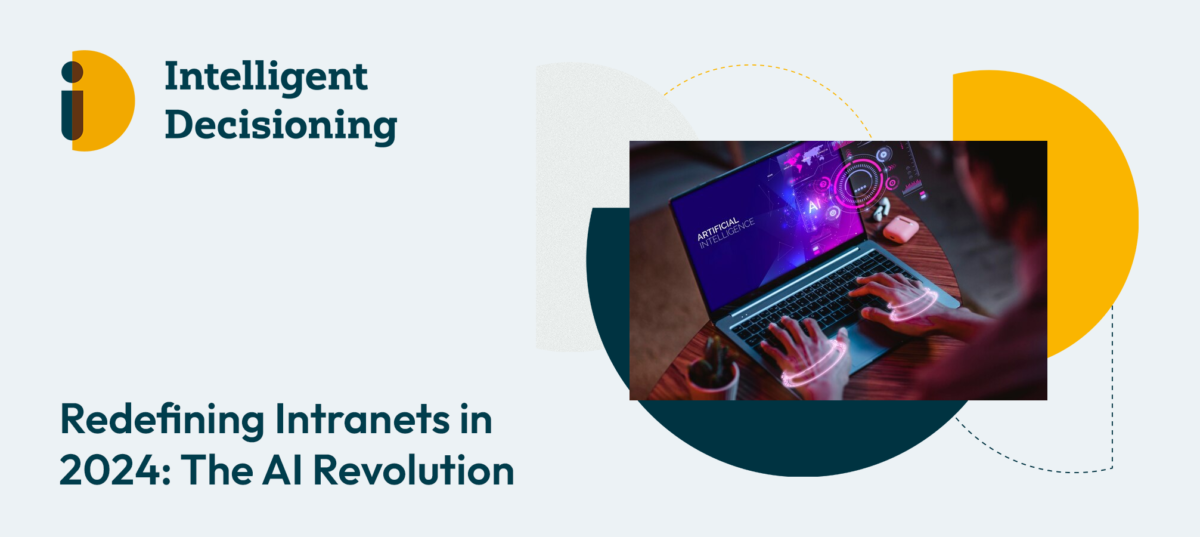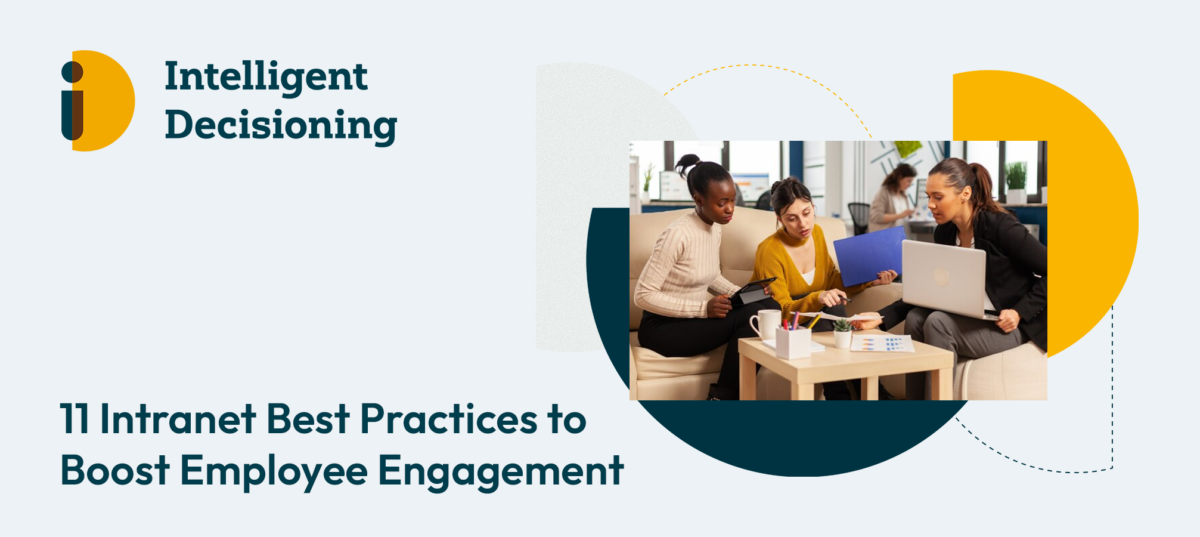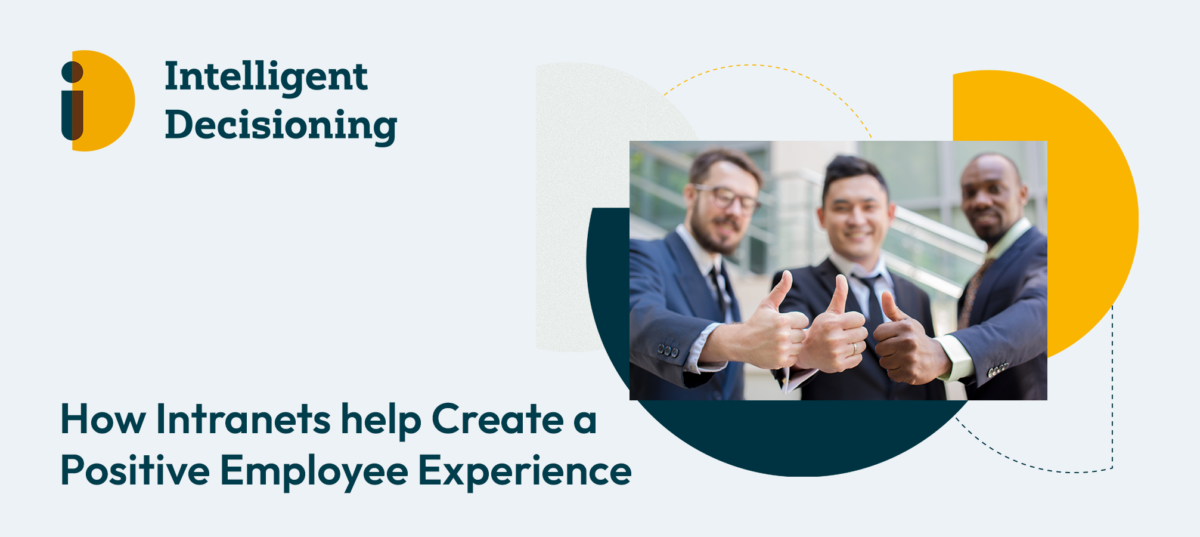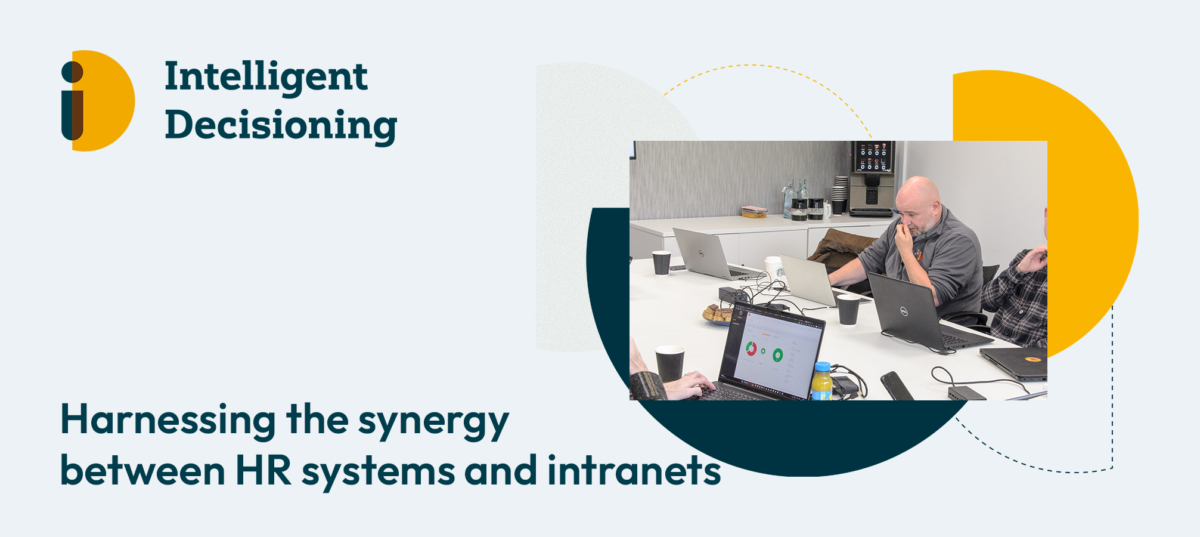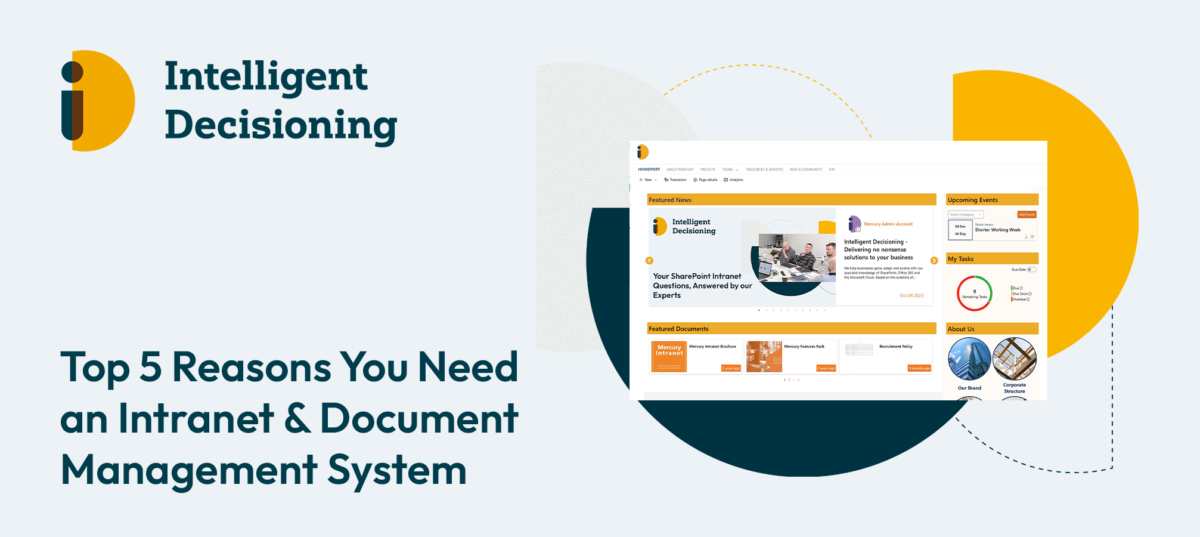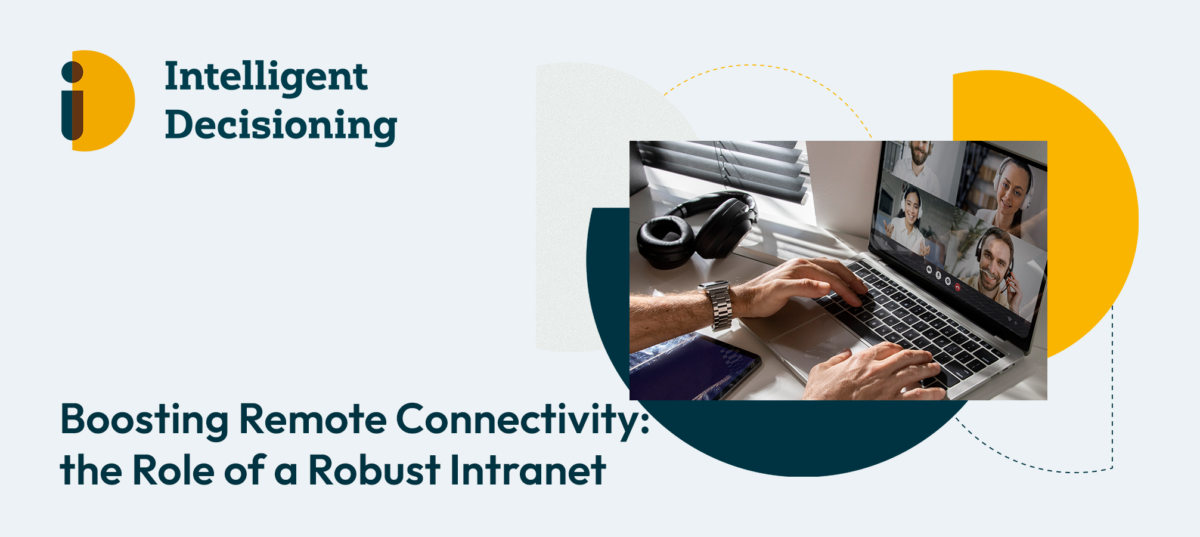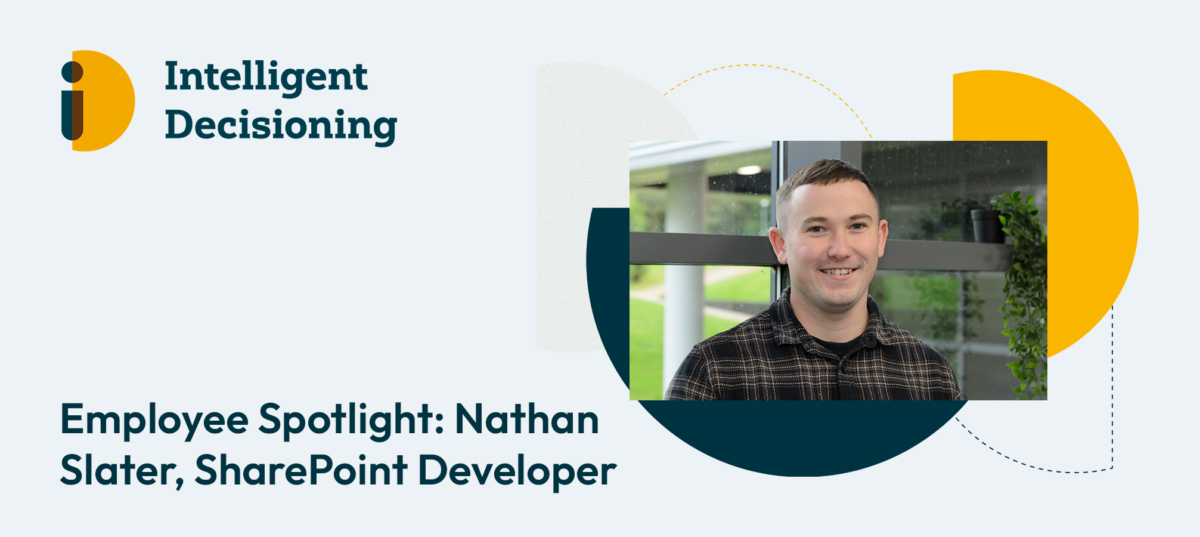Intranets have long been a staple of organisational communication and collaboration, serving as a centralised hub for employees to access important information, documents, and tools. However, as we move further into the digital age, the role of intranets is rapidly evolving, driven by advancements in artificial intelligence (AI) and machine learning. In 2024, we are witnessing a revolution in how intranets are being redefined to meet the changing needs of modern workplaces.
Personalisation Through AI
One of the key ways intranets are being redefined is through AI-powered personalisation. AI algorithms analyse user behaviour and preferences to deliver tailored content and experiences. This personalisation goes beyond simply recommending relevant articles or documents; it extends to customising the entire intranet interface based on individual user preferences. This level of personalisation not only increases employee engagement but also ensures that each user has quick and easy access to the information and tools they need to be productive.
Intelligent Search
Another area where AI is redefining intranets is in search functionality. Traditional keyword-based search is being replaced by AI-powered natural language processing (NLP) search engines. These engines are capable of understanding the intent behind user queries, allowing employees to search for information using everyday language. This makes finding information on the intranet faster and more intuitive, leading to increased efficiency and productivity.
Automation for Efficiency
AI is also revolutionising intranets through automation. Routine tasks that were once time-consuming and manual, such as HR onboarding and document management, are now being automated through AI. This automation not only saves time but also allows employees to focus on more strategic tasks, leading to increased productivity and innovation within the organisation.
Predictive Analytics
In addition to personalisation and automation, AI is also enabling intranets to utilise predictive analytics. By analysing data trends and user behaviour, AI can provide actionable insights that enable proactive decision-making. For example, AI can forecast HR needs based on company projections or anticipate potential maintenance requirements for critical infrastructure. This predictive capability allows organisations to stay ahead of the curve and make informed decisions.
Chatbots and Virtual Assistants
Finally, AI-powered chatbots and virtual assistants are becoming integral parts of modern intranets. These tools provide instant support to employees, answering questions, completing requests, and augmenting the overall user experience. Chatbots are continuously learning from user interactions, allowing them to provide increasingly accurate and helpful responses over time.
In conclusion, AI is redefining intranets in 2024 by enabling personalisation, intelligent search, automation, predictive analytics, and chatbot integration. These advancements are not only improving employee engagement and productivity but also transforming the way organisations communicate and collaborate. As we continue to embrace AI technologies, the future of intranets promises to be even more innovative and transformative.
Click here to book a free demo today.
